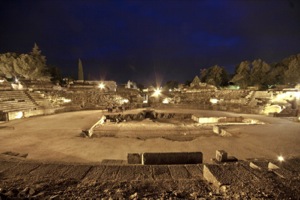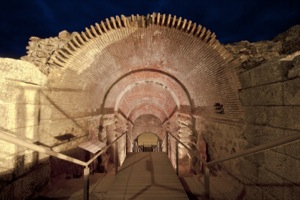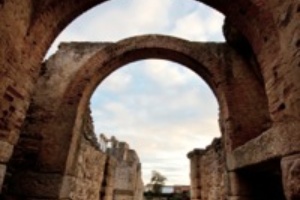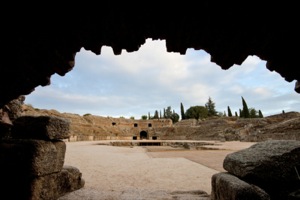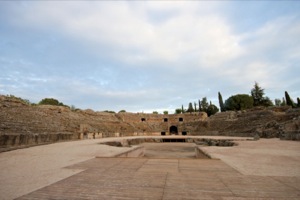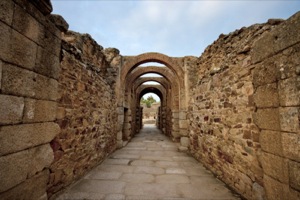Art and culture
Roman amphitheatre of Mérida
The setting for fights between gladiators and wild beasts in Roman times, a large part of the structure of this amphitheatre is preserved intact today.
- Explore
- Roman amphitheatre of Mérida
See where the Romans were entertained
Location and Contact:
- Contact person: Consorcio Ciudad Monumental de Mérida
- Tel.:+34 924 00 49 08
- Tel.:+34 924 33 07 22
- Fax: +34 924 00 49 16
- Email: informacion@consorciomerida.org
- Email: difusion@consorciomerida.org
- Website address: www.consorciomerida.org
- Website address: turismomerida.org
- Facebook: https://www.facebook.com/MeridaConsorcioDeLaCiudadMonumental
- Opening times
April-September: 9am - 9pm.
October-March: 9am - 6:30pm.
- Fee
Normal €12, reduced €6, groups €7.
More info: tickets
-
The setting for fights between gladiators and wild beasts in Roman times, a large part of the structure of this amphitheatre is preserved intact today.
This monument forms part of the Roman complex of Mérida, declared a World Heritage Site by UNESCO.
Inaugurated in the year 8 BC, it was the venue for truly popular spectacles such as fights between gladiators and wild beasts, was even more popular than the theatre and had a capacity for 15,000 to 16,000 spectators.
Adjoining the theatre, but separated from it by a road that connects the two buildings, it was constructed using less resources than, but a similar technique to the theatre.
Today one can see the ima cavea (inferior section of the stands) and some parts of the media cavea, as well as presence of four monumental doorways that connected the outside to the arena by large corridors.
The tribune has been restored, that is, the area from where those who financed the games could enjoy them, as well as a platform that rises up between the arena and the stands.
On your visit you will be able to see all the details and imagine you are in a living Roman amphitheatre, with the wild beasts, gladiators and the clamour of the Romans shouting from the stands.
-
- Origin:
-
- Romanisation (BC)
- Construction:
-
- Amphitheatre
- Art period:
-
- Romanisation
- Period in history:
-
- Various periods
- Various styles
- Official name :
-
- World Heritage Site
Gallery:
More suggestions
-
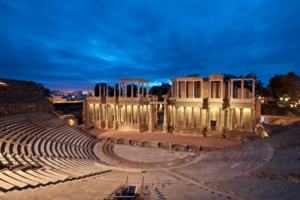
Roman theatre of Mérida
The town of Mérida contains one of the most important archaeological sites in the world, of which the Roman theatre forms part.
-
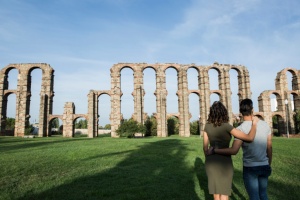
Los Milagros Roman Aqueduct
This partially preserved massive aqueduct was one of the large works at Emerita Augusta for supplying water to the city.
-
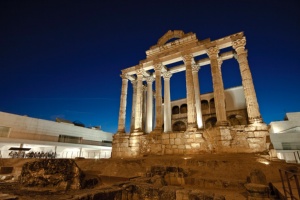
Roman Temple of Diana
It is a beautiful religious Roman building, very well preserved, that is part of Mérida's archaeological ensemble.
-
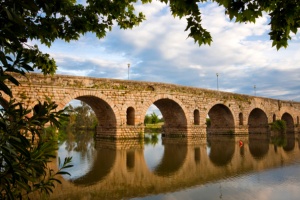
Roman bridge on the Guadiana River
In the city of Mérida, on one of the most shallow sections of the Guadiana River, we find a bridge built in the 1st century, at the same time as the foundation of Emerita Augusta. Thanks to its large size and features it is one of the most important Roman bridges in the Peninsula.
-

House of Mitreo
A dwelling from Roman times, built on the outskirts of Emerita Augusta, where luxury and comfort were not lacking.
-
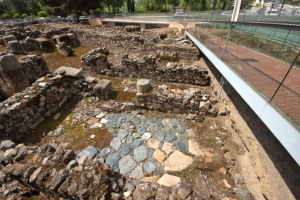
Morerías Archaeological Zone
Find out how the town of Mérida developed from Roman times to the Visigoth era.
-
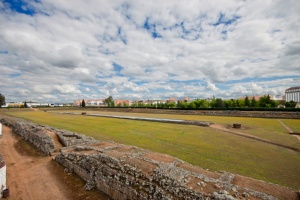
Roman Circus
Discover one of the most magnificent circuses in the Roman Empire and one of the best preserved.
-
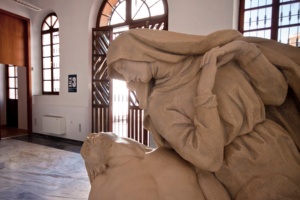
Museum of Mérida
The Museum of the Town of Mérida houses a collection on the Mérida-born sculptor and other pieces that take one on a route through the town's history.
-
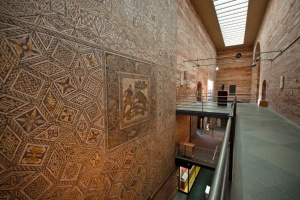
National Roman Art Museum in Mérida
The National Roman Art Museum (MNAR) shows the visitor different sides of daily life in the province of Hispania.
-
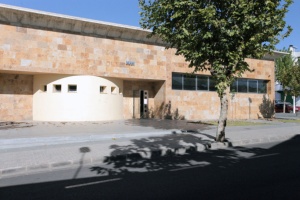
Extremadura Geology Museum
Its collection has made this museum one of the most important of its kind.
-
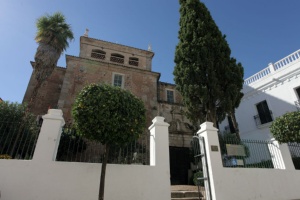
Museum of Visigoth Art and Culture
The collection of Visigoth pieces in this museum brings together relics from Mérida from the 4th-8th centuries, as the capital of the Diocesis Hispaniarum and as the metropolitan capital of the province of Lusitania
-
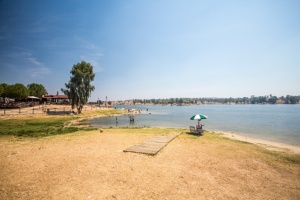
Proserpina reservoir
Proserpina reservoir, within easy reach of Mérida, dates back to Roman times and forms part of the region's archaeological ensemble, which has received the UNESCO World Heritage designation.
-
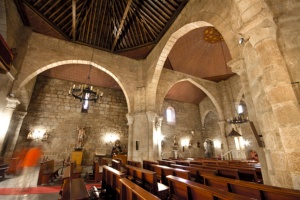
Basilica of Santa Eulalia
A space included in the archaeological complex of Mérida, and a showcase within the regional capital as it contains the town's patron.
-

Roman bridge on the Albarregas River
Built when the Roman city of Emerita Augusta was founded, the bridge on the Albarregas River is still in perfect condition and includes some of its original features.
-

Roman bridge on the Guadiana River
In the city of Mérida, on one of the most shallow sections of the Guadiana River, we find a bridge built in the 1st century, at the same time as the foundation of Emerita Augusta. Thanks to its large size and features it is one of the most important Roman bridges in the Peninsula.
-
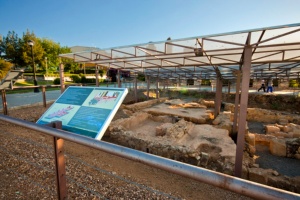
Remains of Roman thermae in Mérida
Without a doubt the capital of Extremadura is one of the region's enclaves with the most thermal bath constructions.
-
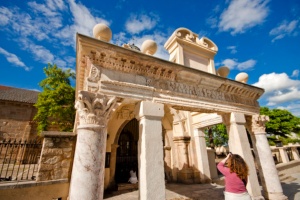
Remains of the Temple of Mars
The basilica of Santa Eulalia in Mérida contains the remains of the Roman temple of Mars in its atrium, known as "el hornito".

